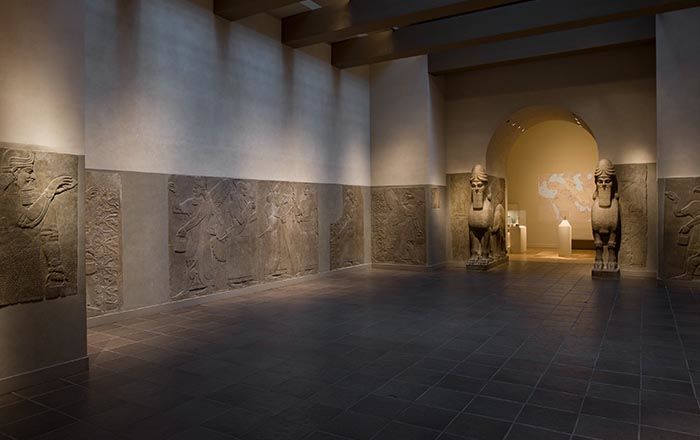Jar
Not on view
This jar has a flat base, bulging body, carinated shoulder and everted rim. It is made of a buff clay. It was found at Kamterlan I, a mound in Luristan in the Zagros Mountains of western Iran that was the site of both settlement and burials. The shape of the jar parallels that of bronze vessels, called ‘inkwells’ by archaeologists, which have been found in burials elsewhere in Luristan, as well as in Elam; in fact, the carinated shoulder is a feature of metalwork but not of pottery. Although their purpose is unclear, bronze inkwells attest to interaction and exchange between the elites of Elam and Luristan during the Bronze Age. This ceramic version suggests that its owner aspired to elite status.
It is often thought that the inhabitants of Luristan in this period were pastoral nomads, who moved with their herds from the high valleys of the Zagros during the summer to lowland pastures in the winter. This theory arises from the dearth of evidence for settlements, and the occurrence of isolated cemetery sites. The remains of buildings at Kamterlan I, however, indicates sedentary society, and it is likely pastoralism was practiced alongside agriculture there
This image cannot be enlarged, viewed at full screen, or downloaded.

